1. Hanging Garlic at the Door
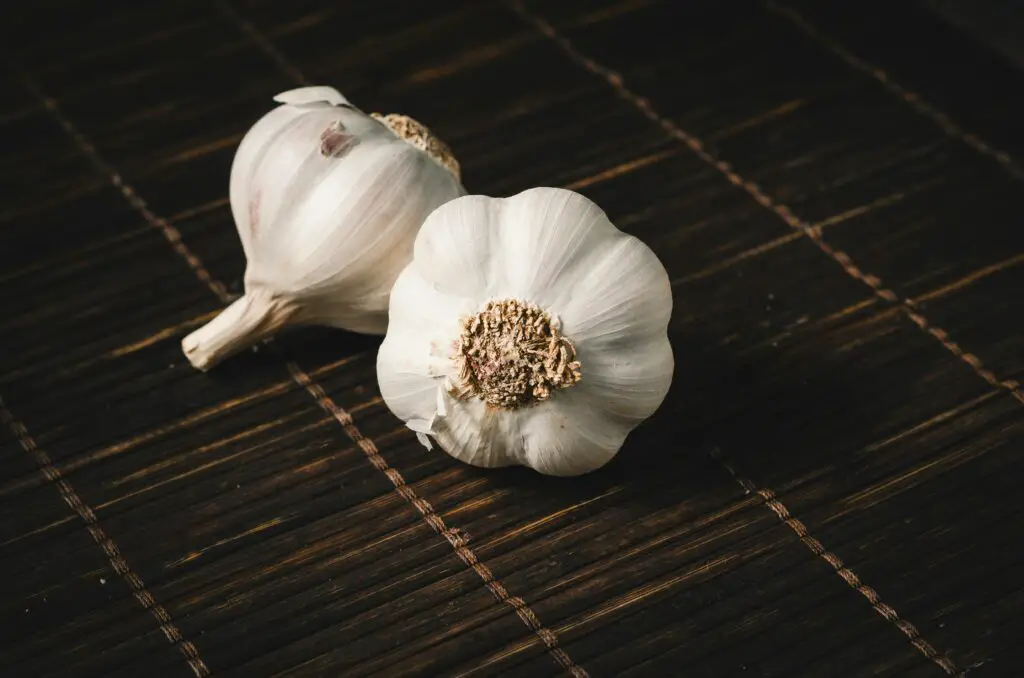
In many cultures, garlic wasn’t just for flavoring food, it was a serious home protector. People believed its strong smell could ward off evil spirits, witches, and even disease. Families often hung braided bulbs over their doors or in windows, thinking it acted like a supernatural barrier. If someone walked into a home and saw garlic hanging, it wasn’t just about cooking—it meant protection was on duty.
The tradition was especially strong in parts of Europe, where tales of vampires fueled the habit. Some households even rubbed garlic on their doorframes so nothing evil could sneak through. Imagine the scent that must have clung to those old houses. Whether it worked or not, people swore it gave them peace of mind.
2. Burying a Horse Skull Under the Floor
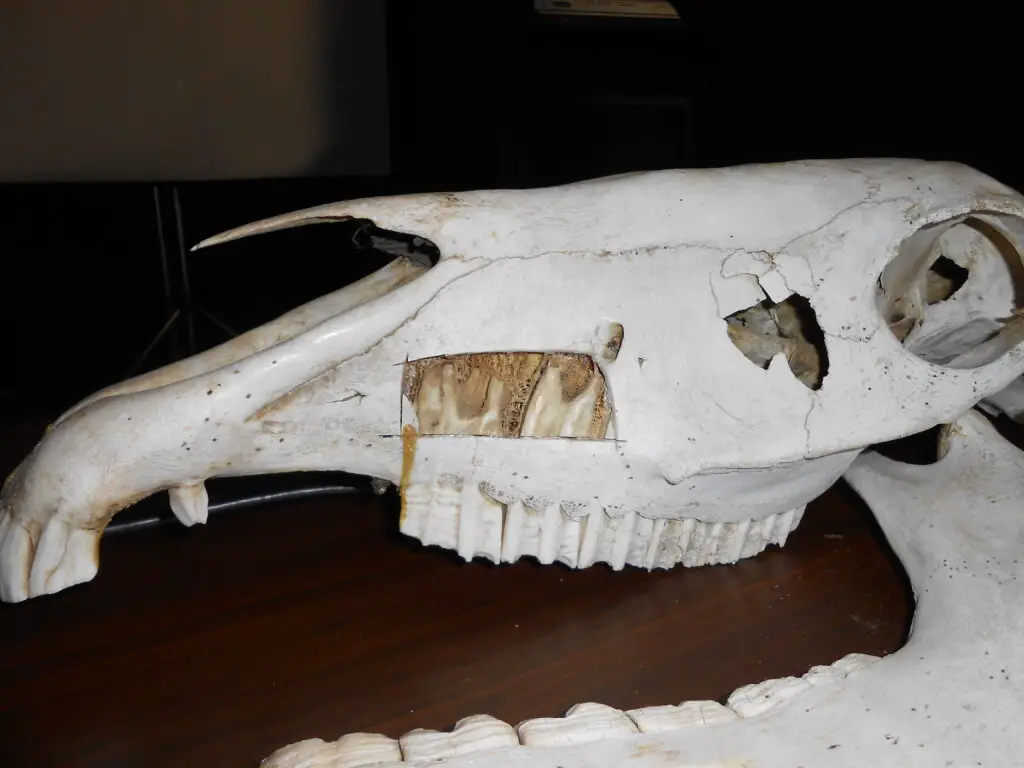
One of the stranger protective rituals was burying a horse’s skull under a house. This practice popped up in parts of Ireland and Scandinavia, where people thought the skull’s hollow shape could scare off bad spirits. It was also believed to improve the acoustics of the home, giving it a more lively sound.
As odd as it sounds, finding animal bones beneath old houses isn’t rare. Archeologists often discover them when digging up historic sites. To the people who placed them there, it was like a charm hidden in the foundation, keeping the home safe from unseen dangers.
3. Bottles Filled with Nails and Hair
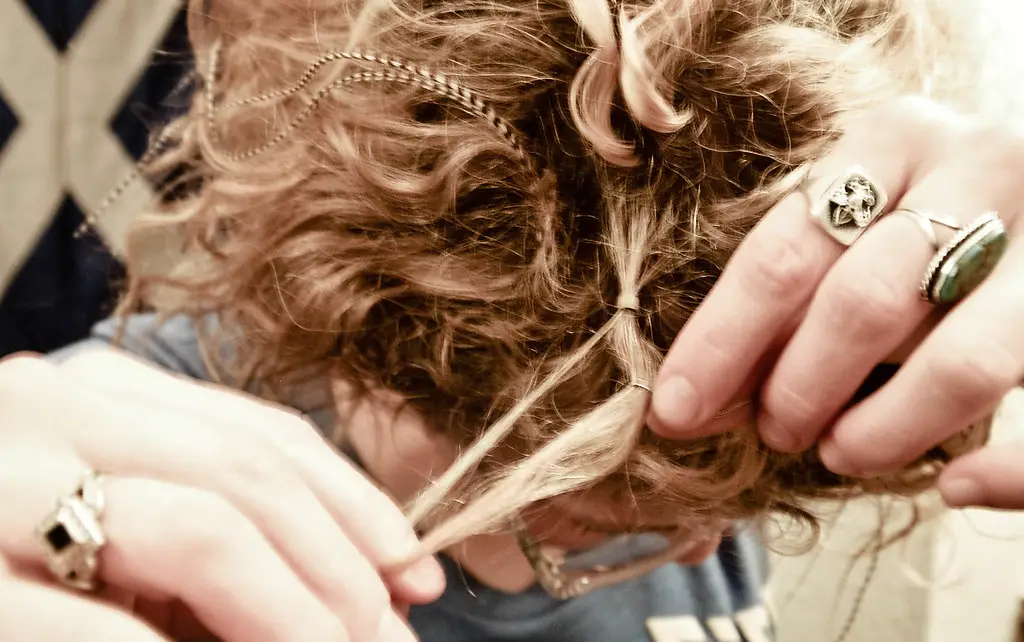
“Witch bottles” were a common folk practice in 16th and 17th century England. People filled glass or stone bottles with sharp objects like nails, pins, and thorns, sometimes even with hair or urine. The idea was that if a witch tried to curse the house, the bottle would trap the bad energy and reflect it back.
These bottles were usually buried under the hearth or placed near entryways. Centuries later, builders and renovators still find them hidden in walls or chimneys. It’s both fascinating and a little creepy to think about those secret containers sitting there for hundreds of years, quietly “protecting” the home.
4. Salt Across the Threshold
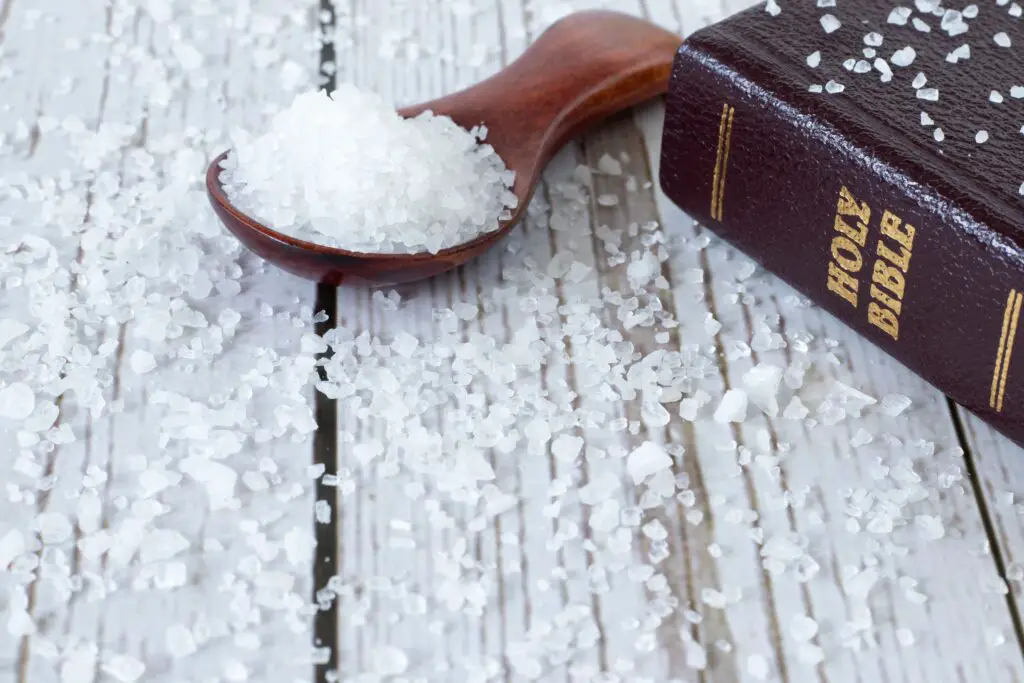
Salt wasn’t just a seasoning, it was a weapon against evil. Sprinkling a line of salt across the doorway was thought to block spirits from crossing inside. In some traditions, people also placed bowls of salt in the corners of rooms, believing it absorbed negativity.
Guests might not even realize they were stepping over a protective barrier when entering someone’s home. It was subtle but deeply meaningful to the families who practiced it. Salt has always been associated with purity, so it made sense that it became a household shield.
5. Iron Over the Door
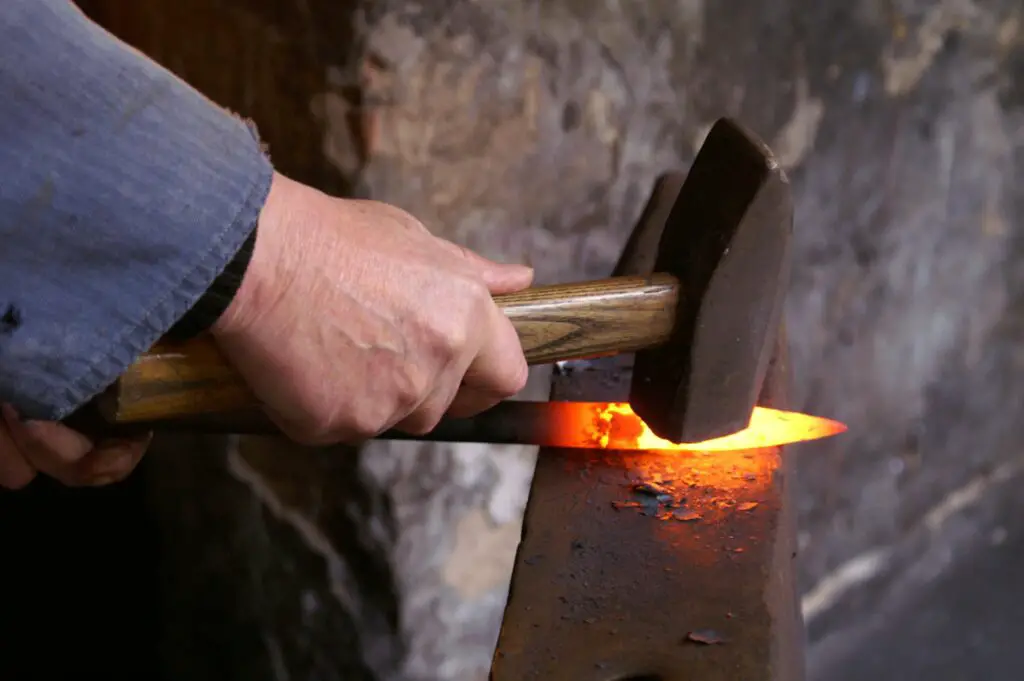
For centuries, iron was believed to repel supernatural beings. People nailed iron horseshoes over their doors, thinking it scared away witches and fairies. In some places, the horseshoe had to be nailed with the ends pointing upward so luck wouldn’t “spill out.”
This wasn’t just about good fortune, though—it was about protection. A blacksmith’s iron was seen as powerful because it came from fire and earth. Families felt safer knowing a piece of iron guarded the most important spot in the house—the entryway.
6. Hiding Shoes in the Walls
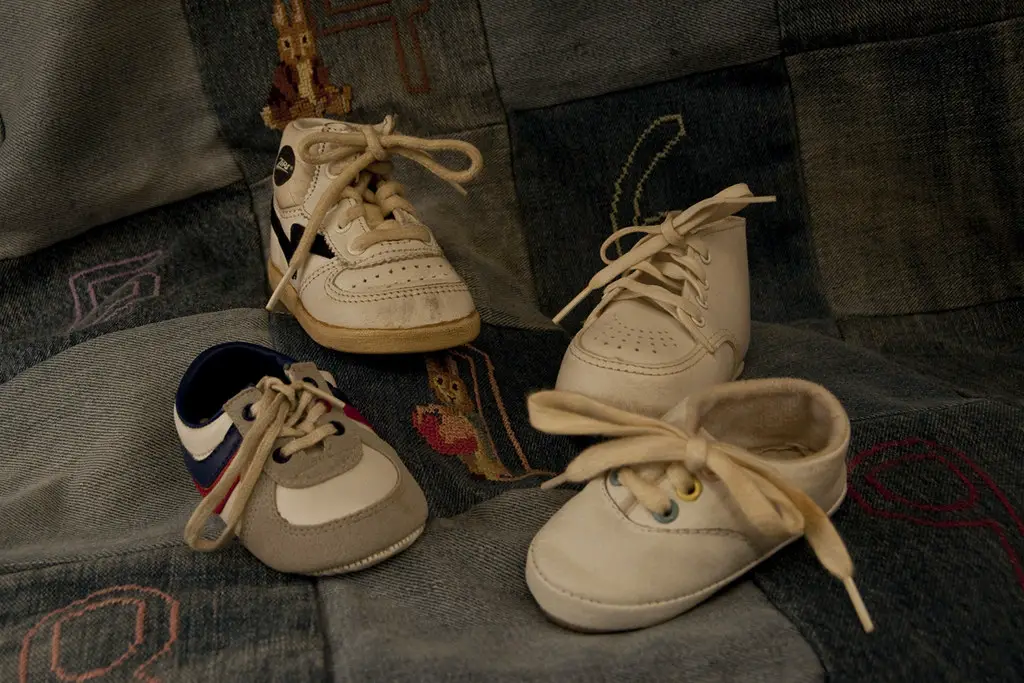
Historians have discovered dozens of old shoes hidden inside the walls of houses. This ritual was practiced in parts of Europe, especially in the 16th through 19th centuries. People believed the shoe carried the essence of its wearer and could act as a decoy to distract evil spirits.
The idea was that malevolent forces would be drawn to the shoe, leaving the family alone. Some homes contained entire collections of shoes tucked away in rafters or beneath floorboards. Today, when construction crews stumble upon them, it feels like uncovering a very personal kind of secret.
7. Burning Sage in the Rooms
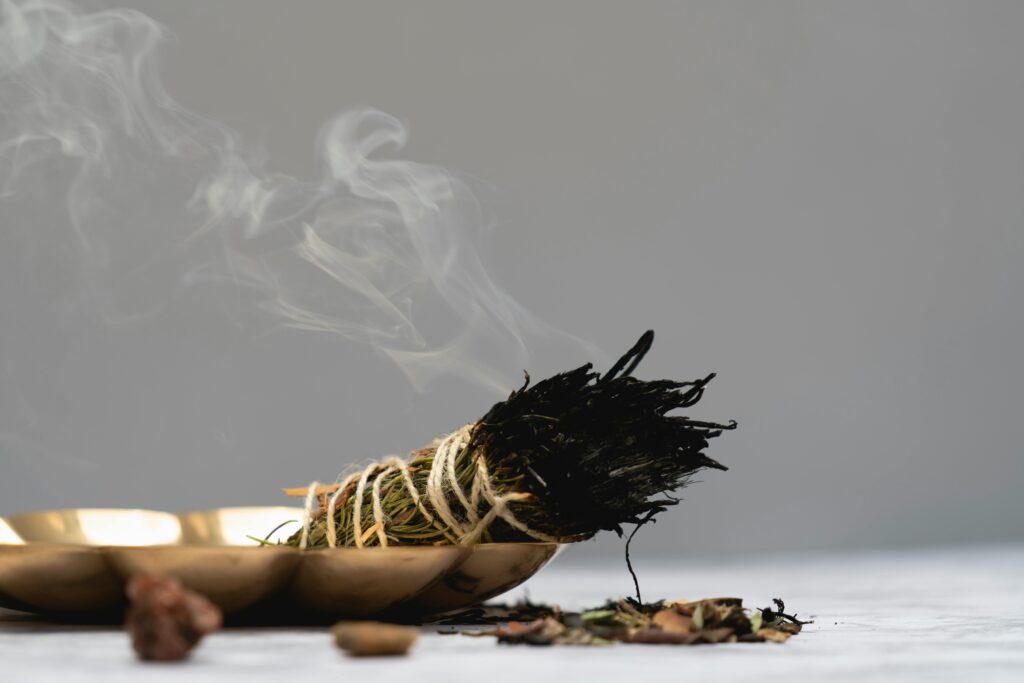
Smoke cleansing rituals have been around for centuries, from Indigenous practices in North America to folk customs across the globe. Burning sage, or sometimes other herbs like rosemary, was thought to drive out negative energy from a home. The smoke carried away whatever unwanted presence lingered inside.
People still practice this today, though often more as a spiritual or cultural tradition than a literal fear of evil spirits. Walking through a house with a bundle of burning herbs was a way to “reset” the space. It left the family feeling safer, lighter, and more in control of their environment.
8. Burying Coins at the Foundation
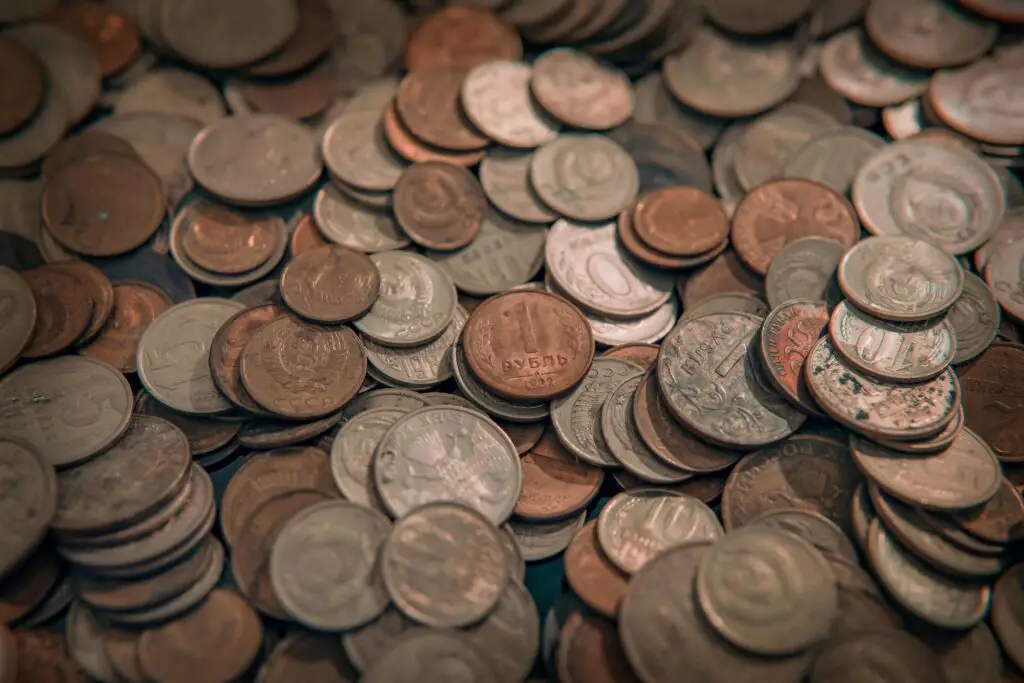
When a new house was being built, families sometimes placed coins under the foundation. This wasn’t just a wish for prosperity, but also a form of protection. The coins symbolized wealth, stability, and blessings for those who would live there.
Archeologists often find these coin deposits under old houses. To the builders, it was like giving the home a permanent good-luck charm. Every time someone stepped inside, they were standing on a ritual meant to protect both the structure and its people.
9. Red Paint on Windows and Doors
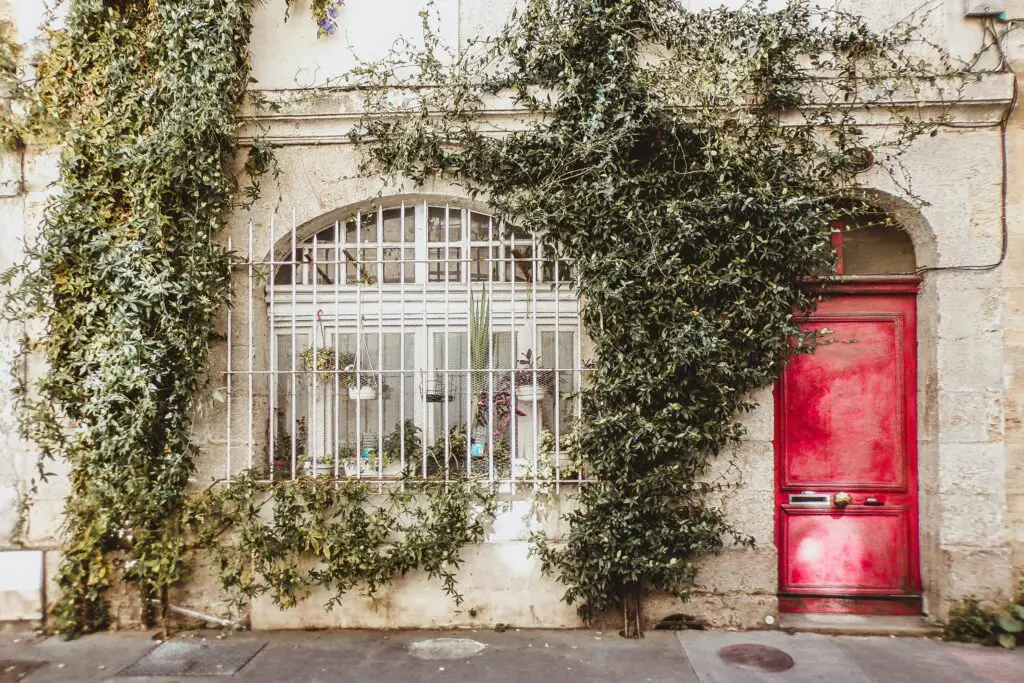
In some traditions, painting doors or windows red was a protective act. The color was believed to confuse or scare away evil spirits that might try to enter. Red was a powerful shade, associated with life, blood, and strength.
This practice shows up in different cultures, from European folk beliefs to Chinese customs. It gave homes a bold look while also serving a deeper purpose. Families might not admit outright that they were warding off evil, but they slept easier knowing the color itself was watching over them.
10. Crosses Made from Palm Leaves
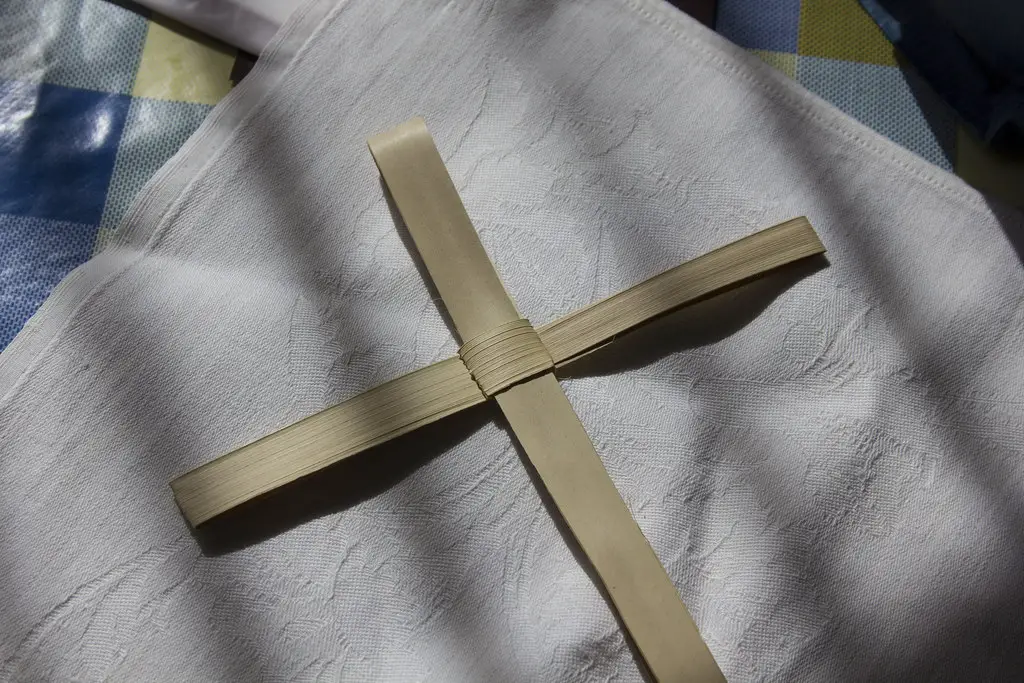
In Catholic households, especially after Palm Sunday, it was common to weave palm fronds into small crosses and place them above doorways. These crosses were thought to bring protection and blessings to the home. They weren’t just decorative, they were spiritual shields.
Over time, the palms would dry and fade, but many families left them up all year until they were replaced the next Easter. It was a simple but meaningful way to keep a constant reminder of faith and protection over the house. Even today, some families continue this tradition.
11. Dead Cats in the Walls
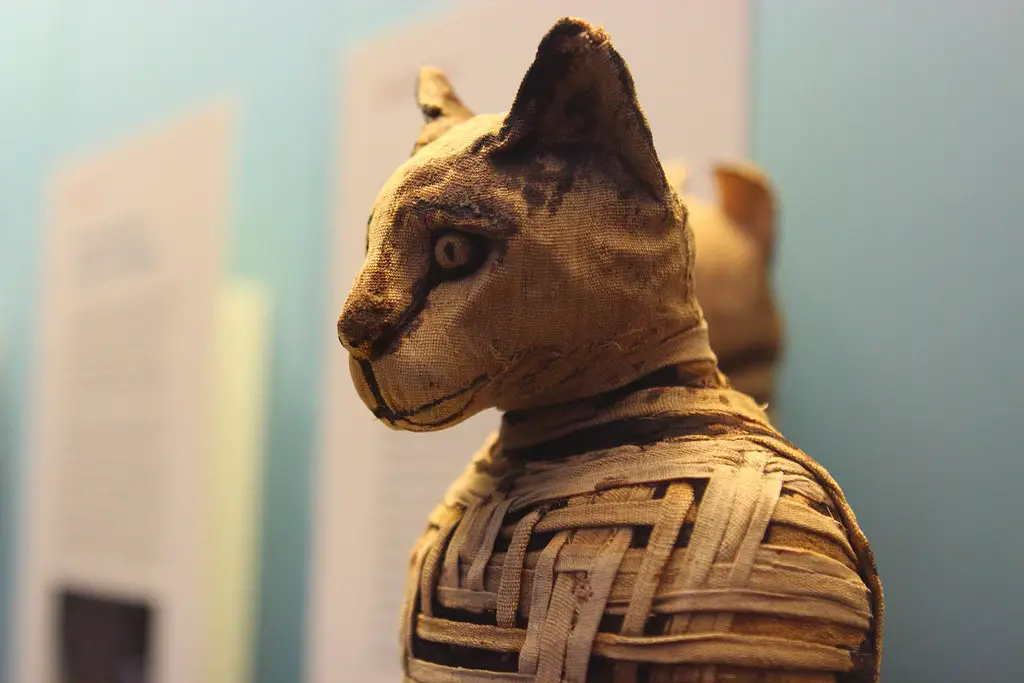
As unsettling as it sounds, mummified cats have been found inside the walls of centuries-old houses. People believed the spirit of the cat would ward off evil or prevent witches from casting spells on the home. It was also thought to deter vermin, both literal and supernatural.
The discovery of these feline remains often shocks modern homeowners. But at the time, it was considered an act of security, not cruelty. Families genuinely believed they were ensuring safety for generations by placing the animal there.
12. Knocking on Wood Beams
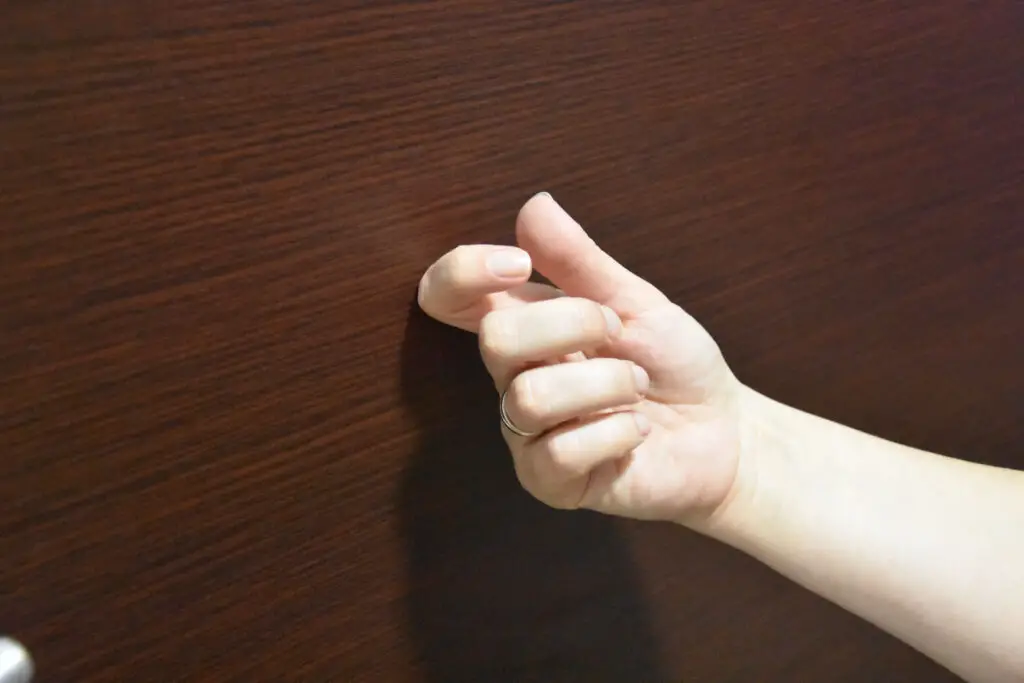
That old phrase “knock on wood” goes back to ancient beliefs. In some cultures, wood was thought to be sacred, housing protective spirits. Knocking on it was like calling for their help or showing respect.
When a house was built, people often tapped the wooden beams or posts during construction as a ritual blessing. The sound was thought to chase away bad luck before it could settle in. Every creak of the wood after that was almost like the spirits still keeping watch.
13. Sprinkling Holy Water at the Doorways

For centuries, families used holy water as a direct form of spiritual protection. Sprinkling it at the front door, windows, or around a room was thought to seal the home against anything harmful. In some cases, it was even used during moving in, to “cleanse” the new space.
The water symbolized purity and divine blessing. Families felt reassured knowing they had drawn a spiritual line between themselves and whatever might try to harm them. It was both a ritual and a comfort.
14. Writing Symbols in the Rafters
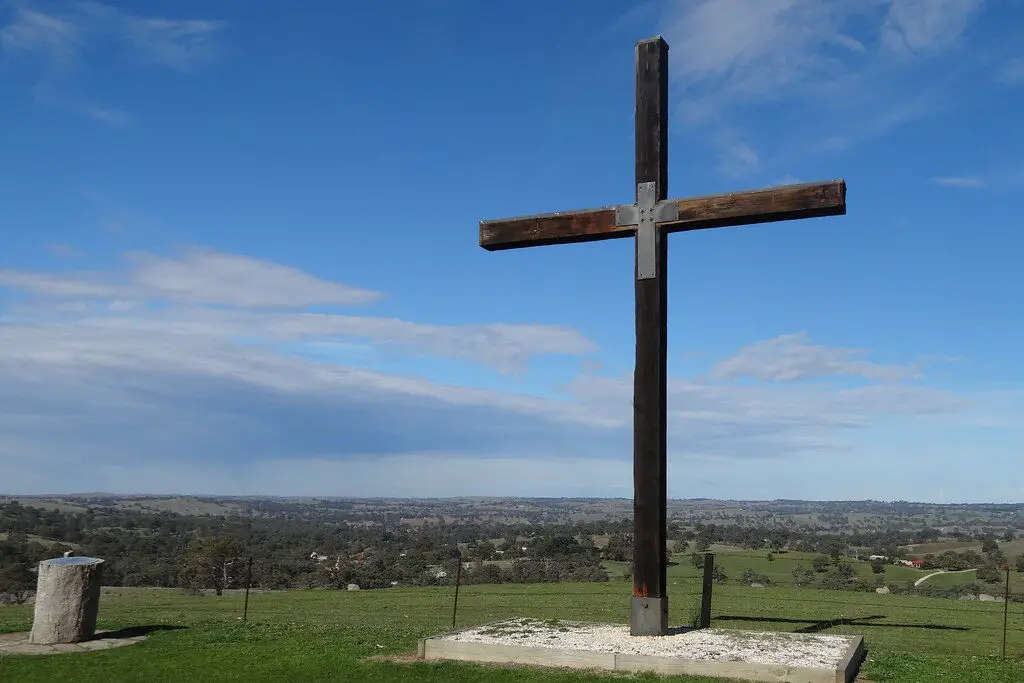
Builders and homeowners sometimes carved or painted protective symbols into the beams of houses. These could be crosses, runes, or even elaborate “witch marks.” The marks were meant to confuse or trap any evil forces trying to sneak inside.
Though often hidden in attics or under floorboards, these carvings show up centuries later when restorers uncover old structures. They’re a reminder that people once felt the need to guard their homes in ways that went far beyond locks and keys. It was a secret shield written right into the bones of the house.
